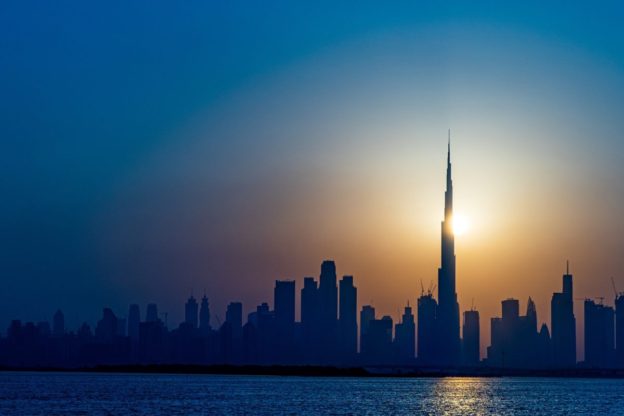ATA Insights held a webinar on April 25 that focused on green hydrogen opportunities in the Middle East and North Africa.
According to a recent study by PWC, the states of the Gulf Cooperation Council (GCC) and the Middle East and North Africa (MENA) region could produce about 200 million tons of green hydrogen by 2050, worth $300 billion per year. pv magazine spoke to a number of industry experts about the potential opportunity.
According to Frank Wouters, vice president energy transition for Reliance Industries, the six GCC countries – Bahrain, Kuwait, Oman, Qatar, Saudi Arabia, United Arab Emirates – could export up to $200 billion of green hydrogen by 2050. There has been progress in the GCC countries, with green hydrogen powered by solar and wind emerging as an alternative to the hydrogen carbon industry, he said.
The United Arab Emirates is working on including hydrogen in its next five-year energy plan, which will be released this year. Saudi Arabia has announced a target of 4 million tons by 2030, or about 25 % of the global market.
Sumit Shikhar, business development lead at EDF Renouvelables Middle East, said energy security has increased the momentum behind green hydrogen. Developers are teaming up with governments and stakeholders, especially tech providers supporting green hydrogen. Engineering, procurement and construction companies are considering more integrated solutions that start with renewables and go up to hydrogen and its derivatives, said Shikhar. Industry advisers are also bringing know-how to the region.
Gurmeet Kaur, a Middle East Solar Industry Association (MESIA) board member, said it is important for the private sector to move into the hydrogen space and work with governments. She said that the key drivers to motivate private sector players in hydrogen include sufficient pipelines of projects, sensible risk allocation in contracts, and flexible, collaborative contracting.
Abhay Sinha, a strategic adviser for MESIA, said there is now a greater focus on the supply side of hydrogen. However, he said that he believes that the focus should be more on the demand side. Policymakers need to identify customers, as hydrogen is a commodity, he added.
Shikhar talked about what the region could achieve, assuming that the current challenges are addressed. From the production side, in the short-term period of three to four years, they could achieve $3/kg of hydrogen, he claimed. If governments help in eliminating the challenges, the price would be lower, he argued.
Kaur said that governments should shape regulatory frameworks. She noted that there are no specific regulations that govern hydrogen projects at present. However, the Abu Dhabi government is now launching tenders to appoint advisers on hydrogen frameworks, and that could lead to new hydrogen regulations, she said.
https://www.pv-magazine.com/2022/05/03/competitive-renewable-hydrogen-from-the-middle-east-and-north-africa/





